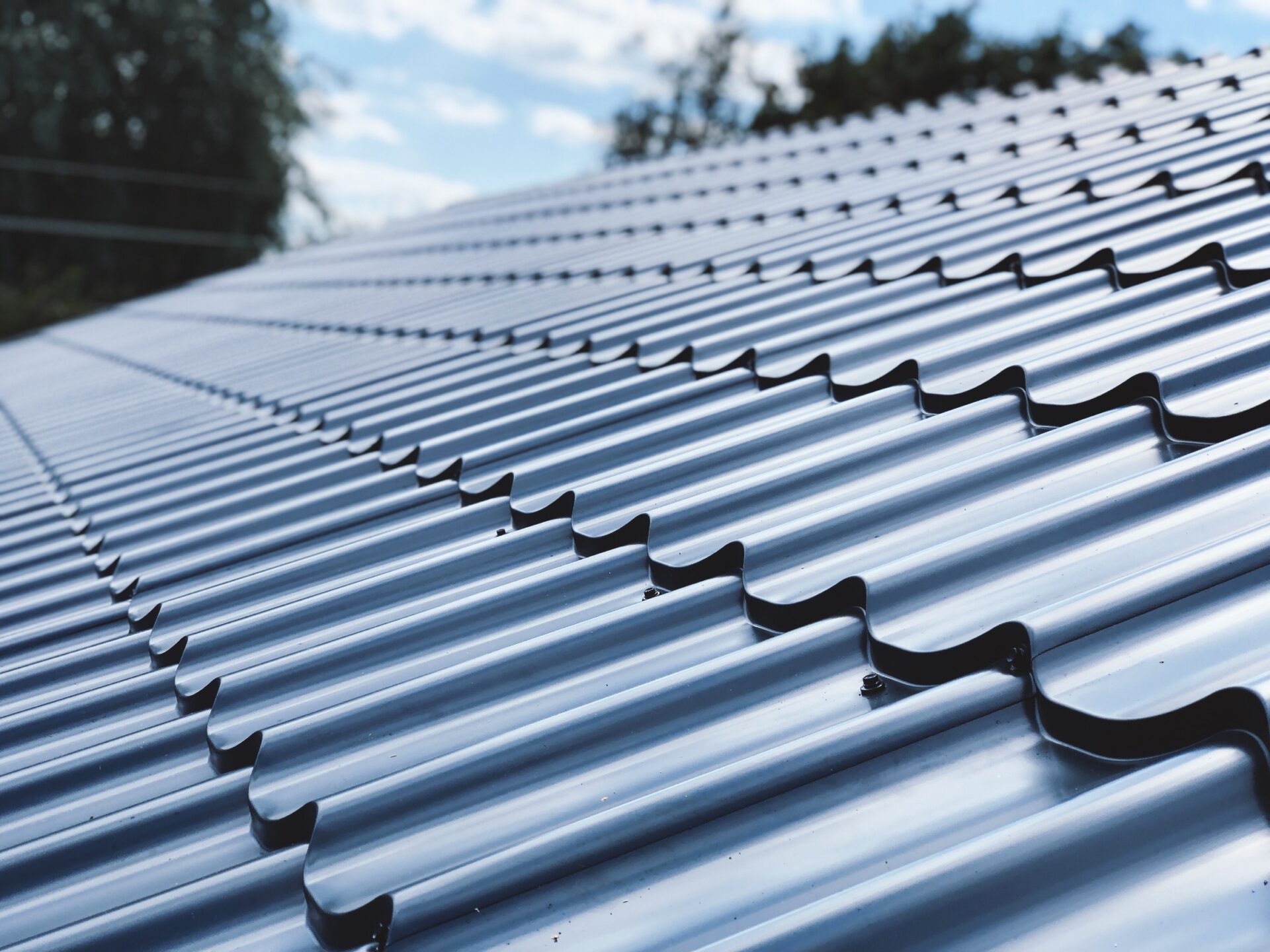New Commercial roof installation in Orlando
When it’s time to replace your aging or damaged roof, consult WeatherShield Roofing Group. Our company offers next-generation roofing materials engineered for durability, energy efficiency, and weather resistance. Let them handle the entire roof replacement process professionally.
Roof maintenance
Regular roof tune-ups and maintenance like cleaning, repairs, and sealant refreshments help maximize your current roof’s lifespan. WeatherShield’s techs can handle seasonal maintenance while inspecting for developing problems.
Take your time with emergencies. Contact WeatherShield Roofing Group today to schedule your annual inspection, maintenance, and repairs! Their roofing expertise keeps your building protected. Know the signs when it is time to replace your commercial roof.
Tips for preventing emergency roof leaks
Take your time with emergency roof failures. Be proactive with these maintenance best practices:
Regular maintenance and inspections
● Schedule comprehensive roof inspections at least annually with a reputable contractor like WeatherShield Roofing. Their expert eye will spot developing problems.
● Perform weekly walkarounds yourself, checking for debris, clogged drains, or apparent damage after storms. Address issues immediately before they worsen.
● Clear snow buildup in winter to prevent ice damming and interior water seepage, especially around eaves and walls.
● Keep rooftop HVAC equipment clear of debris that could obstruct airflow or allow moisture ingress into ductwork.
Proactive repairs of problems
● If inspections reveal any flashing gaps, membrane cracks, worn sealant, or loose components, repair immediately before leaks form.
● Watch for signs of aging, like brittleness and excessive chalking on asphalt shingles, and have the roof recoated or replaced.
● Replace any missing, damaged, or rusted metal roof panels, skylights, vents, and supports to maintain weather tightness.
Replace the roof at the end of the lifespan.
● Plan to re-roof every 20-25 years, depending on the material, to avoid failures from age-related breakdown.
● When replacing the roof, go with high-quality materials and have certified contractors like WeatherShield handle installation for the best long-term performance. Proactive about budgeting for a replacement roof every 20-25 years or so, depending on the material.
Dangers of ignoring an emergency roof leak
Emergency roof leaks that go unaddressed lead to much larger problems down the road. Here are some of the most significant risks:
Structural damage to the building
When water from a leaky commercial roof goes unattended, it can create severe structural damage in the following ways:
● Load-bearing walls made of wooden studs can rot and weaken as water seeps inside and degrades the wood over time. This jeopardizes the weight-bearing capacity of the walls.
● Wooden roof rafters, trusses, and sheathing will also rot away with moisture exposure. This destabilizes the entire roof structure and poses a collapse hazard.
● Water causes metal fasteners and nails to rust and disintegrate, further compromising structural connections.
● Prolonged leakage can damage the roof decking itself, whether made of wooden sheathing, gypsum panels, or lightweight concrete. Deck failure causes ceiling and roof collapse.
● Excess weight from standing water strains the roof structure and accelerates the deterioration of already wet materials due to added load pressure.
● Water expansion, as it freezes, can slowly jack apart sheathing boards and decking, damaging integrity.
Know that water from a consistent roof leak will find its way into every crack and seam, spreading the deterioration. Don’t assume it’s minor damage – call a professional roofer immediately if there are any signs of structural instability or compromised load paths. Emergency repairs may be required to shore up or replace damaged structural members before catastrophic failure occurs.
Electrical and fire hazards
Water from a leaking roof mixing with electrical systems creates a hazardous situation that should be treated as an emergency:
● Water contacting live wiring, lighting, outlets, switches, junction boxes, transformers, or panelboards can short circuit and electrocute anyone who comes in contact with them.
● Water damage to electrical components also often results in arcing and sparks, which can easily ignite nearby flammable materials and trigger a structural fire. This is an even greater risk if the water damages the electrical grounding system.
● Fires started this way can rapidly spread out of control, fueled by all the water-damaged wooden framing and roof structural components hidden behind the walls.
● Shorting of electrical roof equipment like AC units, vents, and fans poses a roof fire hazard as well as an electrocution risk to service personnel.
● During a roof leak event, immediately power off affected circuits at the panelboard if possible to isolate. Call an electrician directly to inspect for damage before re-energizing.
Take your time with water infiltration into electrical systems – the electrocution and fire risk is incredibly high. A fast response upon leak detection and calling in electrical and roofing pros can prevent catastrophe. Safety first.
Conclusion and key takeaways
The top signs that your commercial roof leak requires emergency response include active water intrusion, extensive ceiling stains, electrical issues, collapsing ceiling materials, and mold growth. These threats to safety and building integrity demand swift reaction. Address them immediately to prevent catastrophic structural failure, fire hazards, injuries, asset loss, and hazardous mold expansion.
Beyond emergencies, stay diligent year-round in caring for your roof. Schedule annual inspections with a reputable roofing contractor like WeatherShield Roofing Group to pinpoint problems early. Perform routine maintenance like clearing debris and ensuring proper drainage. Watch for any developing cracks, damage, or leaks, and repair them quickly before they grow.
